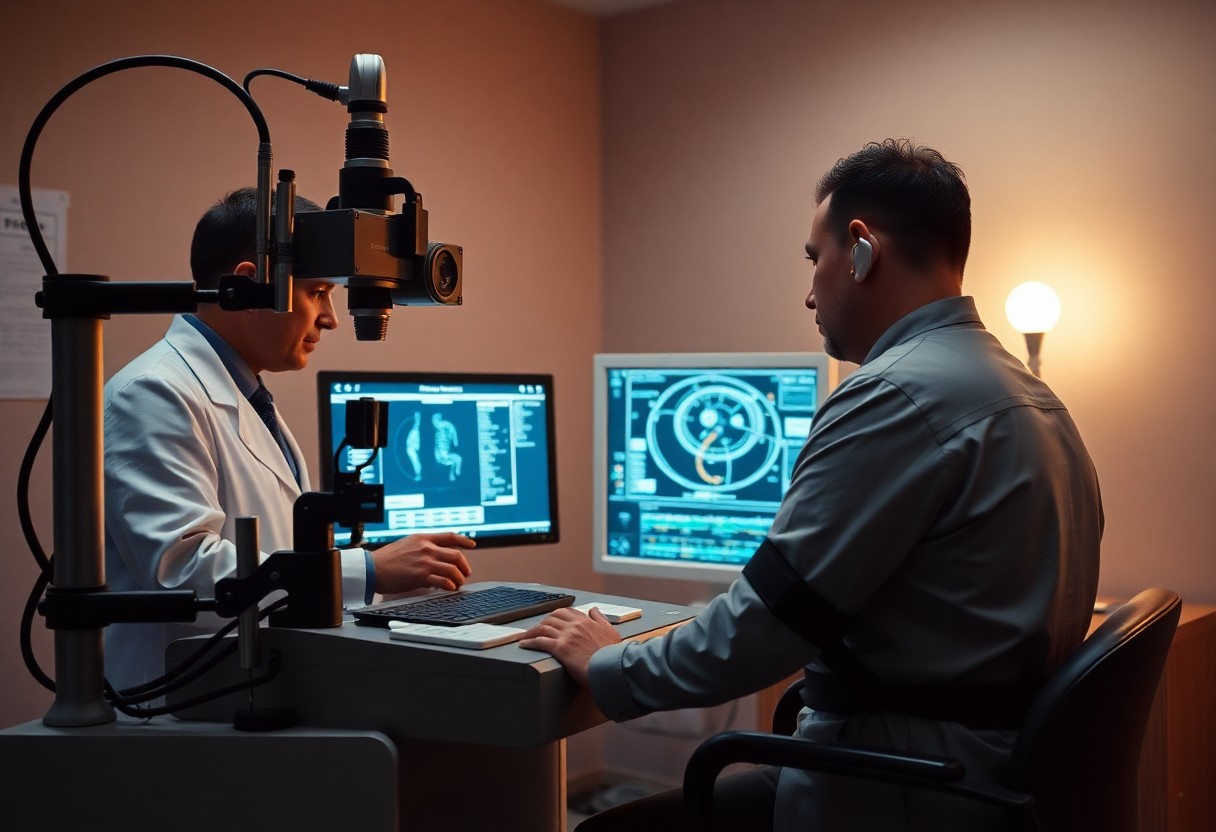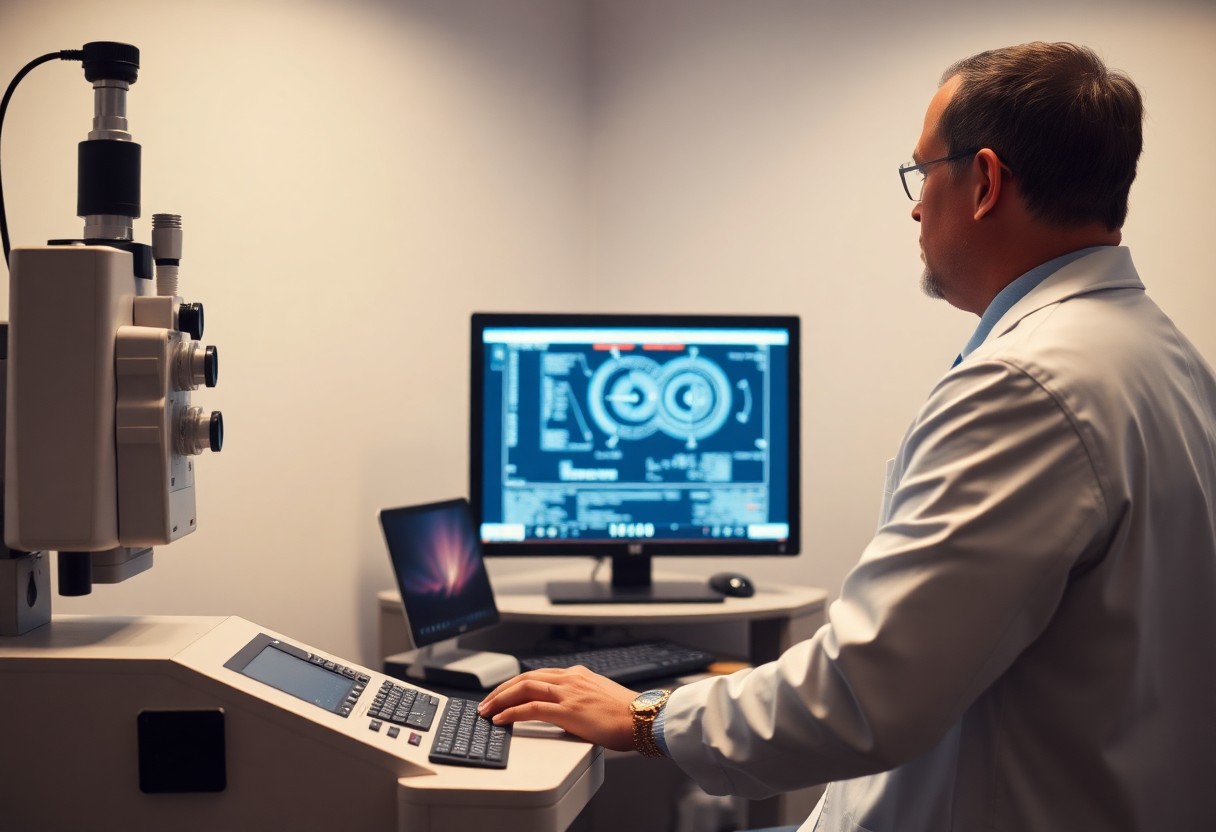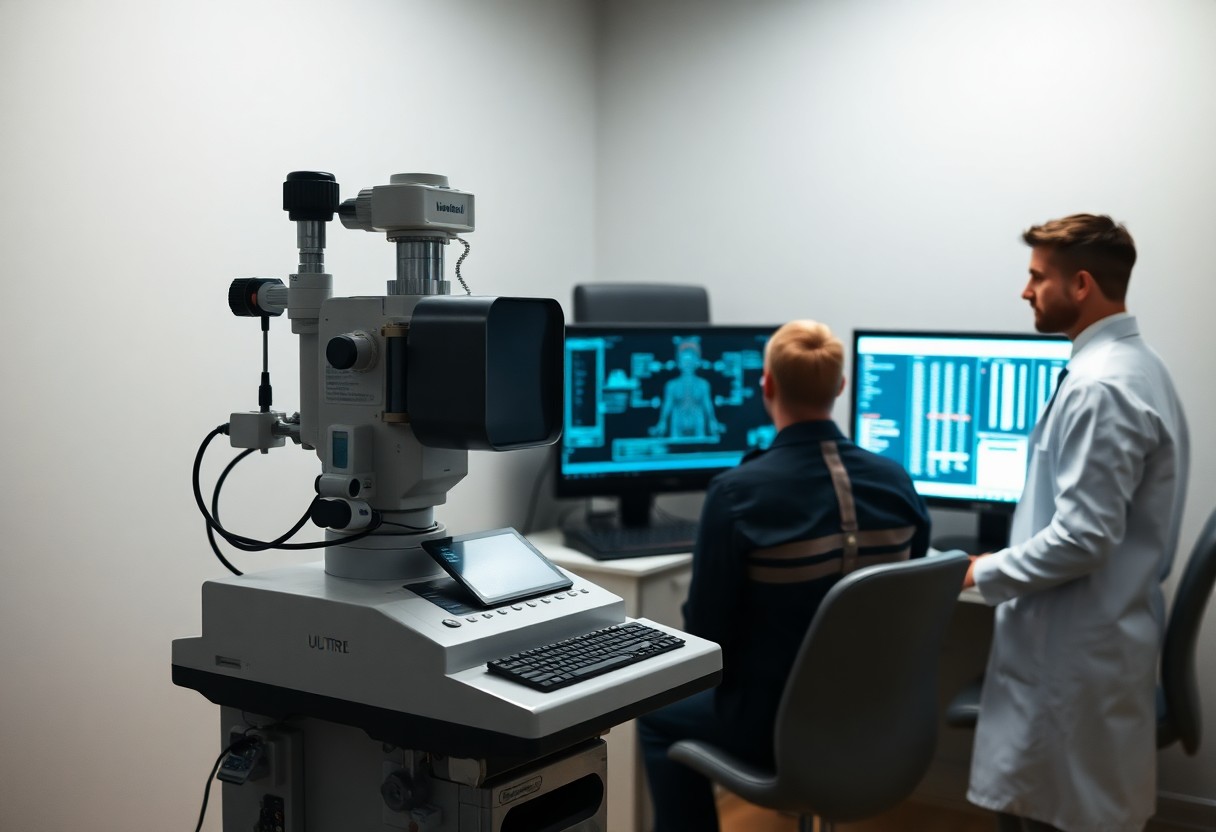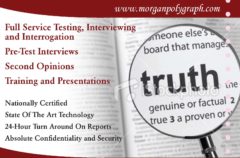
Most people underestimate the complexity involved in polygraph analysis, often mistaking it for a simple truth-telling tool. As you investigate into this subject, you will discover that effective polygraph analysis requires a deep understanding of both human psychology and physiological responses. By following structured steps, you can enhance your ability to discern truth from deception, ultimately improving your decision-making processes in critical situations. Embrace these insights to become more proficient in navigating the intricate landscape of trust and honesty.

Key Takeaways:
- Understanding physiology: Familiarity with how the body reacts to stress and deception is necessary for accurate polygraph analysis.
- Question formulation: Carefully structured questions play a vital role in obtaining clear and relevant responses during the polygraph examination.
- Interpreting results: Analyzing data involves a comprehensive approach that considers both physiological responses and the context of the individual’s behavior.
Understanding Polygraph Mechanics
Before you research into the nuances of polygraph analysis, it is crucial to grasp the underlying mechanics. Understanding how polygraphs operate provides the foundation for interpreting results effectively. The polygraph machine measures physiological responses that may indicate truthfulness or deception, and comprehending these processes will enhance your analytical capabilities.
The Science Behind Polygraph Testing
Polygraph testing relies on the premise that deceptive answers provoke physiological changes in the body. As you respond to questions, your heart rate, blood pressure, respiratory rate, and skin conductivity are monitored in real-time. These physiological markers are assessed for variations that may suggest stress or anxiety, which could indicate deceit.
Key Components of Polygraph Instruments
Above all, understanding the key components of polygraph instruments is vital for accurate analysis. A polygraph comprises several crucial elements, including sensors for measuring your body’s physiological responses, a computer system for data analysis, and a series of charts that record your reactions during testing.
With a firm grasp of the major components, like the pneumograph for respiratory monitoring and the cardiograph for heart activity, you can better interpret the data collected. The galvanometer measures skin conductivity, providing insight into emotional responses. Understanding these instruments empowers you to recognize the subtle interplay between physiological responses and their implications for truthfulness, enhancing your overall analytical skill set.

The Role of the Examiner
It is crucial to understand that the polygraph examiner plays a pivotal role in the accuracy and integrity of test results. This professional not only conducts the examination but also analyzes physiological responses to determine veracity and deception. Your trust in the examiner’s expertise can significantly impact the outcome of the assessment, and thus, their qualifications and ethical standards are paramount.
Qualifications and Training
Behind every effective polygraph examination is a well-trained examiner who possesses a deep understanding of psychology, physiology, and the technology used in testing. Your examiner should have formal education and certification from a recognized institution, ensuring they are equipped with the right skills to perform and interpret polygraph tests accurately.
Ethical Considerations in Polygraph Testing
Examiner integrity is vital in polygraph testing, demanding adherence to ethical guidelines to promote fairness and accuracy. The examiner must maintain impartiality, ensuring that personal biases do not influence test outcomes. Additionally, you should be aware that confidentiality is crucial; the results must be kept private to protect the integrity of the testing process.
Also, ethical conduct encompasses informed consent and transparency throughout the testing process. You should be provided with comprehensive information regarding the examination’s purpose and potential consequences. It is important for the examiner to respect your rights, ensuring that you are treated fairly and that your safety and emotional well-being are prioritized during the entire procedure. Upholding these ethical standards fosters trust and confidence in the polygraph examination, helping you feel secure in the process.
Preparing for a Polygraph Examination
Now that you’ve decided to undergo a polygraph examination, it’s vital to prepare adequately. Understanding The Truth About Lie Detectors (aka Polygraph Tests) can help alleviate any concerns you may have and set realistic expectations for your experience.
Client Preparation Strategies
About 50% of your success in a polygraph test relies on your preparation. Reviewing the questions you’ll be asked and preparing honest, detailed responses can significantly ease your anxiety and boost your confidence.
Establishing a Comfortable Environment
Comfortable surroundings play a vital role in your polygraph experience. When you feel safe and relaxed, your body is less likely to produce misleading physiological responses.
To create this atmosphere, ensure that the examination room is well-lit, quiet, and private. A welcoming setting will help you reduce stress and improve focus, which is vital for accurate results. Furthermore, engaging in a brief, friendly conversation with the examiner prior to the test is beneficial; it fosters a sense of trust and opens communication, easing your nerves and leading to more accurate responses throughout the examination.
Interpreting Polygraph Results
Many factors influence the interpretation of polygraph results, including the specific techniques used during testing. Accurate interpretation requires a trained professional who understands the nuances behind the physiological data. For an in-depth understanding, check out The Polygraph Test: Overview, which outlines the important components of polygraphy.
Reading Physiological Responses
Results acquired from the polygraph showcase various physiological responses such as heart rate, respiration patterns, and galvanic skin response. Each of these metrics provides insight into your body’s reactions during questioning and is analyzed to detect potential deception.
Common Misconceptions About Results
Across the field of polygraphy, there are persistent myths that can lead to incorrect interpretations of results. Many believe that a single physiological change signifies lying; however, this is a misunderstanding of how the polygraph operates.
This misconception can lead you to draw dangerous conclusions about the results based solely on isolated physiological responses. It’s important to understand that individual responses may vary, and a comprehensive evaluation of patterns is necessary for accurate assessment. Additionally, many believe that a “pass” or “fail” label is all that’s needed, when in reality, context and analysis play a significant role in interpreting results correctly.
The Impact of Truth and Deception
Your understanding of the effects of truth and deception is pivotal in polygraph analysis. These elements shape not just the responses you receive, but also the overall effectiveness of the examination. Recognizing the nuances between honest revelations and deceptive tactics will enhance your ability to discern and analyze testimony accurately, leading to informed conclusions and insights.
Psychological Factors Influencing Responses
Below are key psychological factors you should consider that influence responses during polygraph testing:
- Stress levels can distort truthful responses.
- Emotional states often alter physiological reactions.
- Personal beliefs may lead to biased perceptions of truth.
- Fear of consequences can impact honesty.
Knowing these factors helps you interpret responses with greater accuracy.
Cultural Considerations in Deception
Deception is influenced significantly by cultural backgrounds. Your awareness of how different cultures perceive truth and deception will enhance your analytical skills. Various cultures may have distinct norms and values that shape how individuals express honesty or dishonesty, potentially impacting the physiological markers measured by polygraphs. Understanding these differences will allow you to adjust your analysis techniques accordingly.
For instance, gestures or facial expressions typical in one culture may indicate deceit, while they might simply signify discomfort in another. Additionally, notions of honor and shame can affect a person’s willingness to disclose the truth, leading to potentially skewed results. As these cultural dynamics play a significant role in behavior, it is vital to situate your examination within the broader context of cultural nuances to achieve accurate assessments.
Best Practices for Effective Analysis
After establishing the fundamentals of polygraph examination, you should implement best practices to enhance your analysis skills. Drawing from insights found in The Polygraph and Forensic Psychiatry, always prioritize accuracy and consistency in your evaluations. This means conducting thorough pre-interview preparations and employing methods that minimize biases, helping to separate truth from deception.
Comprehensive Review Techniques
To ensure a thorough analysis, you should adopt comprehensive review techniques. This includes revisiting data patterns, refining your examination processes, and utilizing multiple perspectives to identify inconsistencies. By taking the time to scrutinize your findings, you increase the reliability of your conclusions.
Continuous Professional Development
One of the best ways to enhance your analytical capabilities is to invest in continuous professional development. Engaging in workshops, attending seminars, and pursuing certifications can broaden your understanding of evolving polygraph techniques and technologies.
Analysis shows that ongoing training in polygraph examination not only improves your skills but also reinforces your credibility in the field. Participating in peer-reviewed courses and keeping up-to-date with the latest research in polygraph technology will make you more adept at identifying subtle indicators of deception. By staying informed, you enhance your effectiveness and contribute positively to your practice, ensuring that you approach each analysis with confidence and authority.
To wrap up
So, as you navigate the intricate landscape of truth and deception, effective polygraph analysis becomes an indispensable tool in your arsenal. By understanding the principles behind physiological responses and employing sound questioning techniques, you can enhance your ability to discern fact from fabrication. By practicing these methods, you bolster your skills in investigative contexts, leading to more accurate assessments and informed decision-making in your professional endeavors.
FAQ
Q: What is the purpose of polygraph analysis in truth and deception detection?
A: The primary purpose of polygraph analysis is to assess physiological responses that might indicate truthfulness or deception during questioning. By measuring changes in heart rate, breathing patterns, and skin conductivity, a trained polygraph examiner can interpret these responses in relation to specific questions. The analysis not only aims to identify individuals being dishonest but also helps in verifying truthful statements, allowing for a comprehensive understanding of a person’s credibility.
Q: What are the steps involved in conducting a polygraph examination effectively?
A: An effective polygraph examination typically involves several key steps: First, a pre-test interview allows the examiner to build rapport and discuss the relevance and nature of the questions. Next, the examiner attaches the necessary sensors to record physiological responses during the test. The actual examination includes the asked questions while monitoring the individual’s responses. Finally, the post-test phase includes analyzing the data collected and discussing the results with the individual, offering insights and interpretations based on the findings.
Q: How can one prepare for a polygraph examination to ensure the best possible outcome?
A: Preparation for a polygraph examination involves a few important considerations. Individuals should approach the test with an honest mindset, as truthfulness generally leads to clear results. It’s advisable to relax beforehand and avoid excessive caffeine or stimulants that might interfere with physiological readings. Being familiar with the types of questions being asked and understanding the testing process can also alleviate anxiety. Lastly, having an open dialogue with the examiner about any concerns or confusions can contribute to a more effective examination experience.
